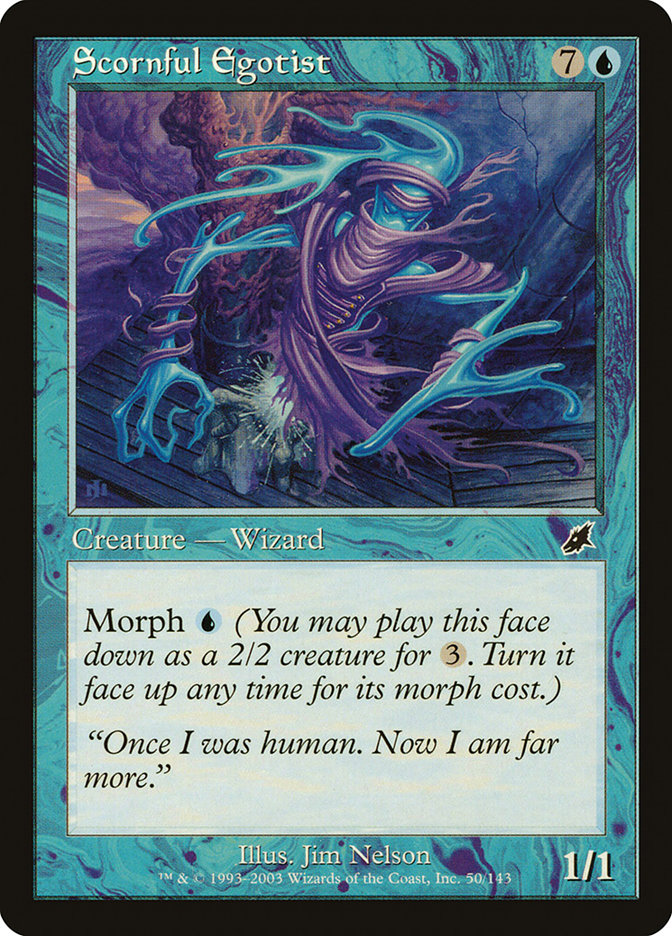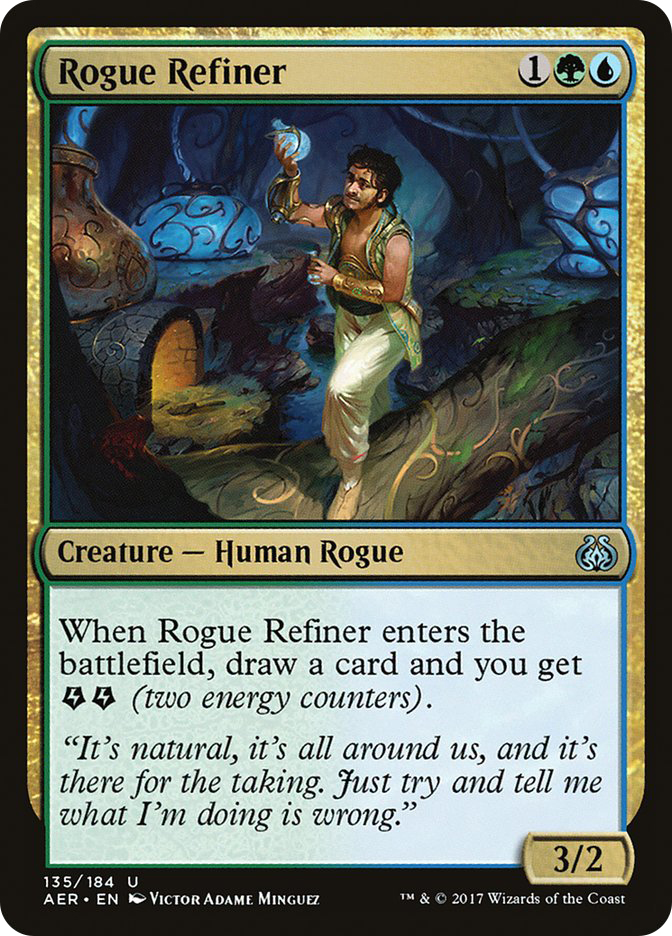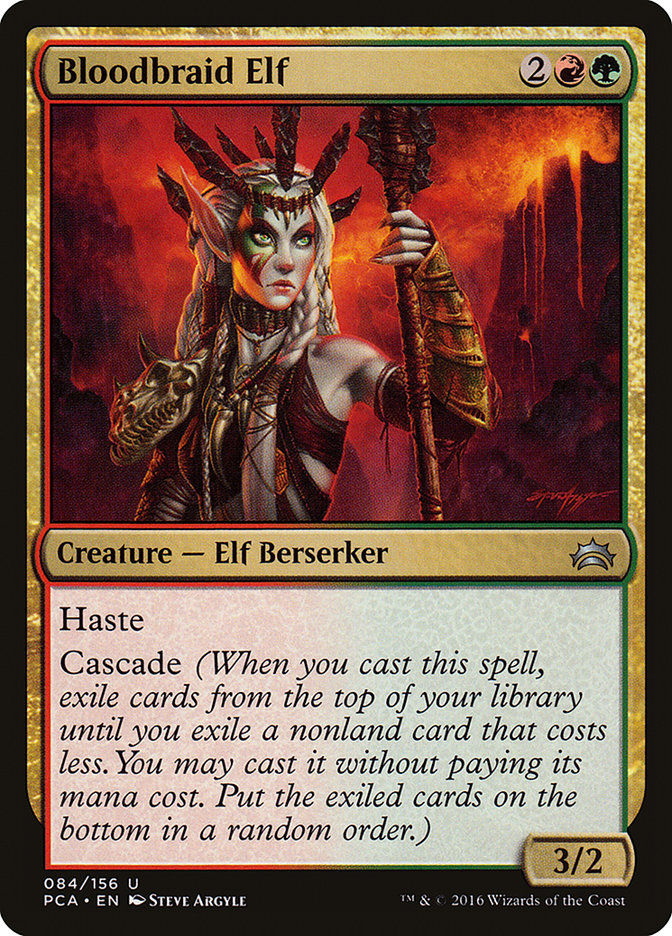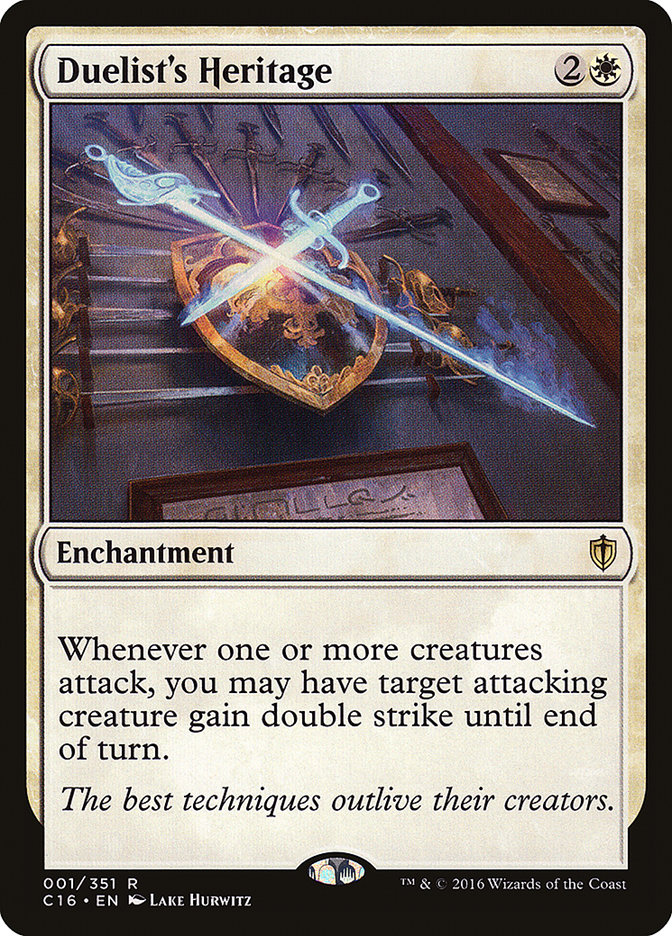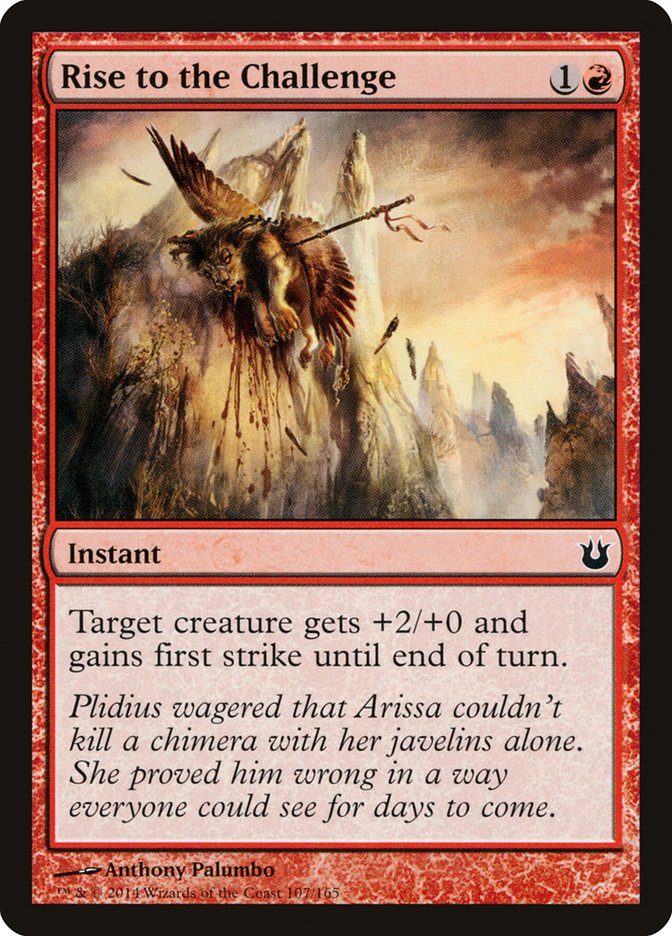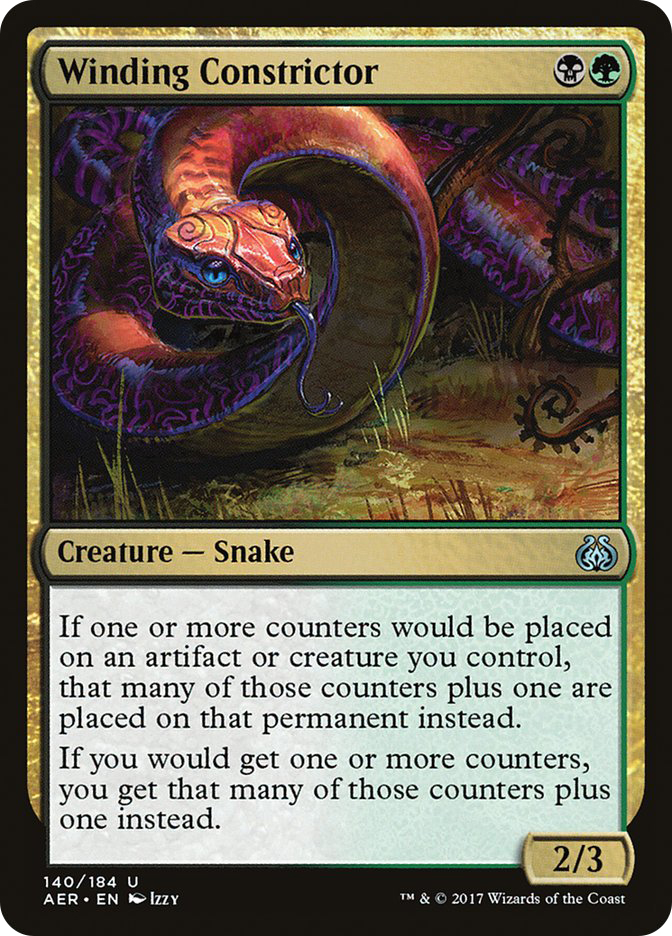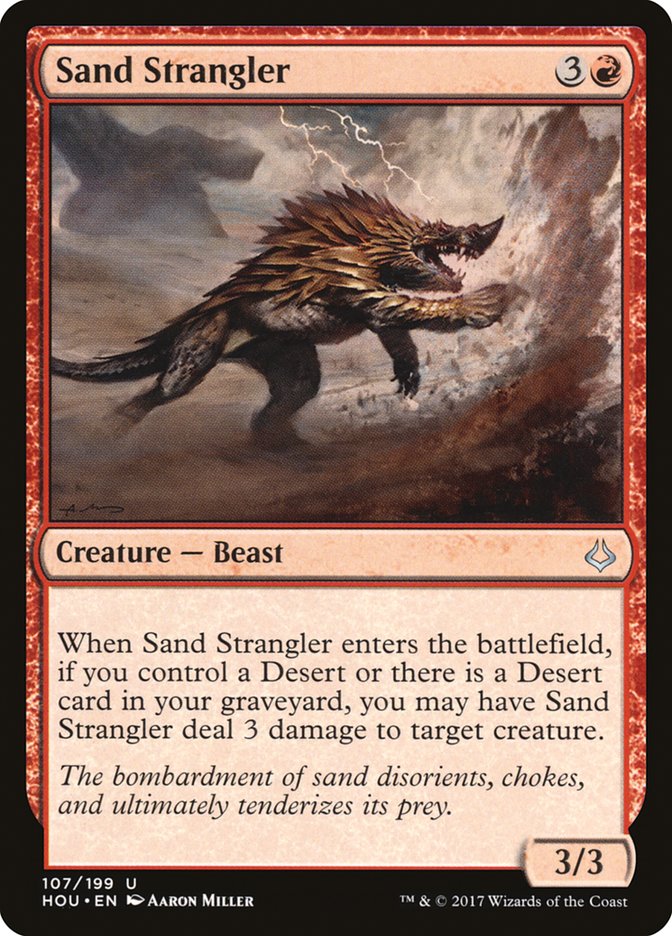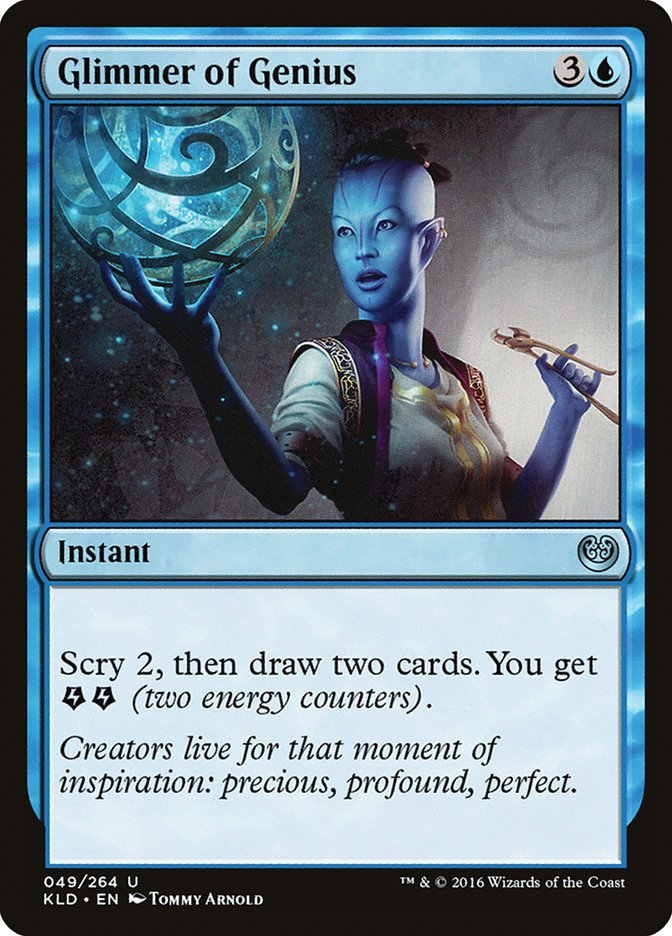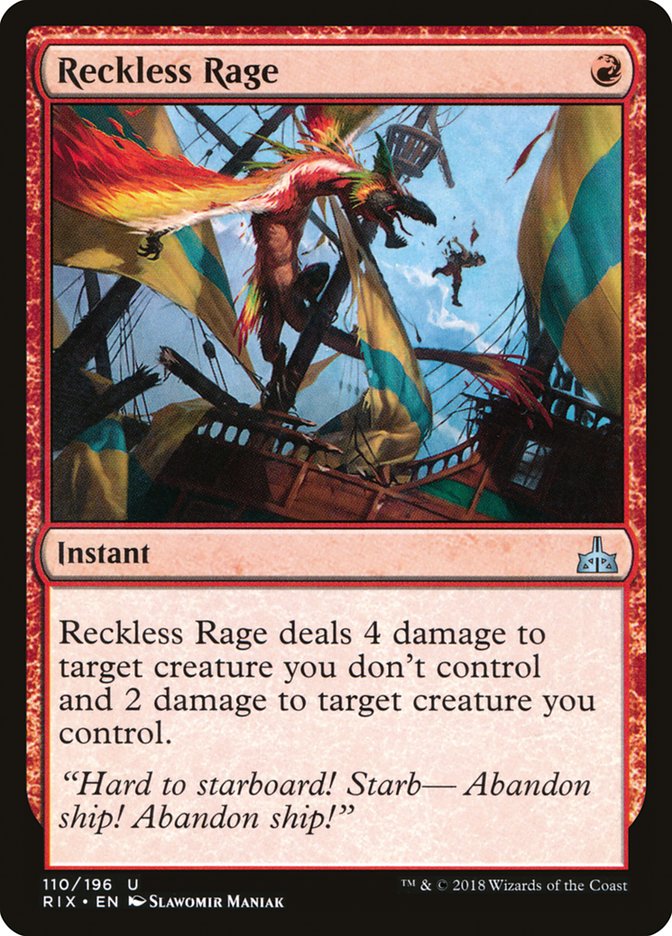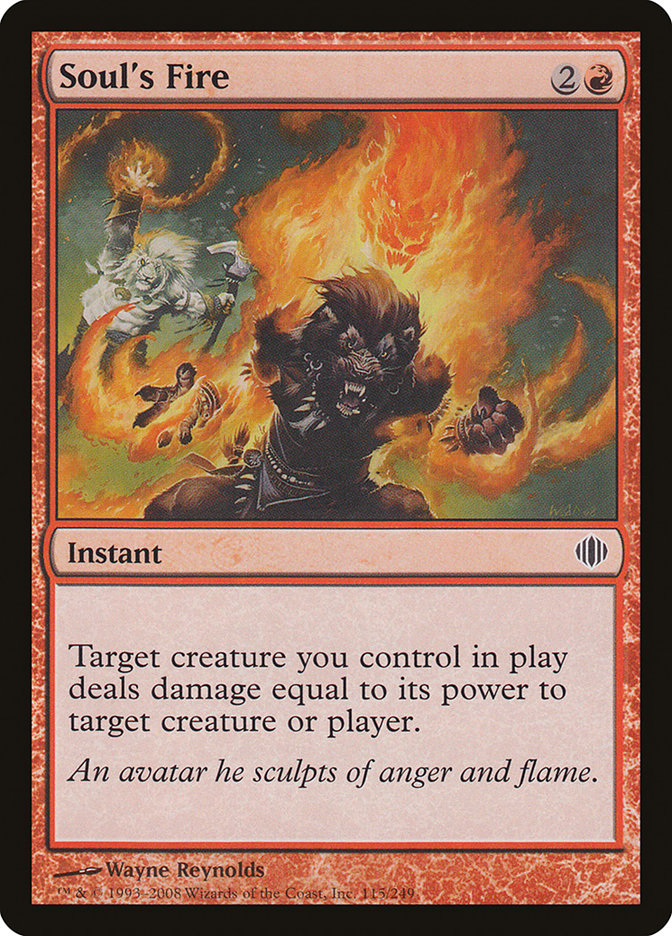This week I ran into a conundrum: what should I write about?
You see, I’ve still been spending almost all of my Magic time trying my best to activate The Scarab God as often as humanly possible. Yet I can’t possibly spend another week talking about the best card in Standard. Y’all can take only so much awesomeness!
Bow down.
Instead of forcing you to suffer through yet another article about the intricacies of Standard, I decided to reach out on Twitter to ask you how I could help make you a better Magic player. The responses were as powerful as they were plentiful. Many of the responses were also similar to others with subtle nuances.
That’s why this won’t look like a mailbag article with the normalized “question/answer” formula. Instead I spent some time organizing the information so it would read much like any other article. Well, more like a bunch of mini-articles pertaining to certain subjects. Now, I won’t be getting to everything today, but I plan to finish answering them all by next week.
This week I focus on my more generalized philosophies and theories that I’ve incorporated into my metagaming and testing. Next week I’ll tackle the more specific topics like sideboard design, designing sideboard to optimize play/draw, and even some in-game techniques I rarely see in others.
Defining What You Think You Know
The first thing to examine when approaching a new Standard format is what preexisting notions you have about it. As gamers, it’s crucial to shortcut as much as possible so our brains don’t constantly have to think about the same things over and over again, instead focusing on the bigger pictures. Yet this can lead you down the wrong path if your shortcuts are wrong.
I can’t stress this enough: you’re doing yourself a disservice if you assume you know things without challenging them from time to time. The beginning of a new Standard format is the perfect time to reassess, as many of the cards will fluctuate in value, causing a ripple effect through the entire format.
Don’t be this guy.
Everything’s easier to me when I can see it, so I’ll take some time and write down all the things I think I know about a format. That way I can come back from time to time, double-checking if I was correct. If I wasn’t right about one point, I would then look at the others more intently to see if I took a wrong approach in identifying what’s important. Sometimes I’m so far off that it’s best to just start over from the beginning with a deeper well of information to work from.
That brings me to my next point: don’t be afraid to reset. The struggle between “play what you know” and “play what you think is best” is as old as the cards themselves. Too often I see people just play a deck they deem in their comfort zone when it was so unbelievably wrong of them to do so.
The best example of this was this past Invitational in Roanoke. Temur Energy variants took up over 60% of the field, yet Ramunap Red was also heavily played, even though it had become common knowledge that it had an unfavorable matchup against the most-played deck. It baffled me so much that I spent a lot of my free time asking people I knew why they played Ramunap Red. To my surprise, they all had the same answer!
“I didn’t test enough, so I didn’t think I would win Temur mirrors.”
This is absolutely mind-boggling to me, but also proof that they started at a false foundation, thus trusting they knew something they actually didn’t. They deployed a shortcut that was wrong. Anyone who knew Temur Energy well enough would say they’d much rather play against an inexperienced Red player than play the mirror.
Temur Energy wasn’t even that difficult to play once you had a foundation. Ramunap Red, on the other hand, was much more about technical proficiency, which they did not have. To them it was just the “red deck” of the format, and thus easier to play.
You can’t just make “safe” decisions and expect to be successful. You have to be bold, even when it’s only for yourself. You have to make waves, even if you’re the only one who sees them. Maybe you don’t have enough time to switch decks or learn a new sideboard plan. Finding the cards might even be difficult.
Whatever the reason, they are still just excuses to stay within your comfort zone, which is fine if you play this game for the recreational benefits, but not if you want to be competitive.
My Midrange Mindet
Many people asked me how I consistently have the ability to bring the perfect deck to almost every Standard tournament I attend. Now, that’s a difficult question to answer, because I don’t see myself as someone who always knows what deck is the best to play. In fact, I rarely think there is one.
I believe this narrative to be a red herring in the story of my Magic career. Sure, I’m good at identifying many specific traits of a format, but I almost always play the same strategies, which is on purpose.
The debate on what’s better between aggro, midrange, combo, and control has raged on for decades now. I heavily learn towards midrange decks, yet will slant them to be more aggressive or defensive based on the format. The only thing I know going into a format is that I want to be somewhere in the middle.
I have many reasons for this, but none more important than my “theory of winningness.” I just think midrange decks win more in Standard, and have a theory to back that up that Paul Dean helped me articulate properly.
Let’s start this topic off with the generalization of a Grand Prix. They consist of fifteen rounds, and with byes I’ll play twelve of them. Every Grand Prix will have its own metagame. There will be a subset of decks considered to be the most popular (Level 1 decks), and then another subset of decks considered to prey on those Level 1 strategies (Level 2 decks). This goes on and becomes more convoluted as we try to put every deck in a specific box.
Now, they all have differing win percentages against one another, and sometimes theoretical data can be extrapolated to predict what decks will do better as the tournament progresses. This is what we all think about before events, and why we sometimes call a certain deck a “Day 2 deck.” It’s one that theoretically will do better on Day 2 than on the first day of competition.
Trying to use a win percentage matrix to predict what would be the best deck to play is a flawed practice. It’s just not realistic to play against only the most popular decks at a tournament or find yourself in a position where only good matchups are left. Metagame shares fluctuate (both up and down) throughout a tournament.
You are in fact more likely to play against “small metagame share” decks (assuming they have good matchups) in the aggregate. Since it’s so unlikely to dodge specific parts of the metagame, playing a deck with a lot of good and bad matchups is not a formula for success, even if the bad matchups are the most unpopular decks.
This is why I tend to pick decks that have the most close and challenging matchups. This way, I won’t have to sacrifice two or three matchups at every event I go to, since I won’t hit unwinnable matchups at the wrong times throughout the event.
Midrange decks just happen to be what I’m looking for. They usually don’t have many mind-blowing matchups, but at the same time I work very hard to make sure they have the tools to fight against the entire field. Sometimes I give up exactly one matchup if I can’t make it all work, but never more. When I do that correctly, I can then use my skill advantage to carry me to a good finish.
I don’t try to win events on a macro scale by picking the perfect weapon. Instead I try to win via as many minute decisions as possible that help me defy normalized Magic statistics:
- Having well-defined gameplans, whether they’re known to the public or not.
- Having detailed plans for both the play and the draw when it’s relevant.
- Simply knowing my deck inside and out, and expecting my opponents not to feel the same.
Risk Management
So now that we’ve straightened that up, we can discuss another common misconception about what I do. Many people believe that I predict metagames better than almost anyone else out there. While there are times where I felt like this was my sixth sense, I don’t think I’m that much better at it than the other talents in the game.
I don’t think I know more than these players, but I do believe that I utilize the information better.
The more I know about a format the stronger, I get. I take these strong metagame predictions and turn them into finding cards or strategies that benefit from the information. In simpler terms, I take educated risks more often.
Take Pro Tour Ixalan, for example, when much of our team played Sultai Constrictor. Seven of us in total played the deck, and the other five members chose to play Temur Energy variants. Now, it wasn’t like we didn’t have faith in Temur Energy, but I predicted something to occur that many others did as well.
The metagame was going to be a lot of Temur Energy, Ramunap Red, and decks poised to beat both of them. At the time, the decks people thought beat them (now, of course, we know nothing actually did) were U/W Gift, U/W Approach, and Tokens variants. It’s also predictable for a Pro Tour that some people will just show up with something we’ve never seen that thinks it can beat the best deck. I also predicted that a higher than normal amount of Temur Energy players would add the splash for black to make the mirrors better.
Many others got to this place as well, but I assumed that Sultai Constrictor was actually a fantastic deck when it got to play against as few copies of Chandra, Torch of Defiance and Glorybringer as possible. Once I saw that that the Temur decks were moving away from their “stockish” builds, I quickly built Sultai Constrictor to see if I was correct. Even though this deck got pushed out of the metagame by Temur Energy, the hate targeting the deck allowed it to come back. You just had to be willing to look deep enough at the trends to figure it out.
Sandbox Mode
I make many decisions on my way to finalizing a 75, even when I’m clearly being guided by the preconceived notion that midrange is the best choice more often than it isn’t. Sometimes, though, when I’m struggling, I’ll go back and ask myself if this is what I should be doing. On rare occasions, I’ve been known to play other strategies to good results. Like I said earlier, it’s important to always question if what you know is actually correct.
My testing process fluctuates based on how much lead-in time I have before an event. I reverse engineer my gameplan to know how many days I have to explore the format before it becomes vital to work on tuning the eventual deck.
The more time I have, the more experimental I’ll be. I just try things during the early stages and let my instincts take full control. During this time, the only thing I will make sure to keep objective is trying out all of the possibilities when it comes to card numbers. Instead of debating with myself if U/B Midrange should play three or four Field of Ruins, I’ll just max that number out to see if I get punished. The same can be said for Chandra, Torch of Defiance; The Scarab God, and any other card where there might be a cap on how many copies you can play.
In the early stages of testing, I’m not looking to tighten the bolts. It’s more like I’m just playing with wet clay. I want to learn more than I want to win. I try out a ton of different cards and even combinations I wouldn’t otherwise think were good together. Learning as much as I can will allow me to pivot to the most promising places when I deem it necessary.
For example, if I think Sultai Constrictor is better than Grixis Energy, I’ll move over to that deck before I try to make Grixis Energy better. Now I’ve created a foundation for both decks knowing more than I would otherwise, and now can make better decisions.
Fight or Flight Testing
Optimizing testing does not mean you need to find the deck you’re going to play as quickly as possible. Many people, even those around me, think this way, which I feel to be incorrect. Your goal when preparing for events is to learn and follow the path that information is leading you down. You can’t optimally learn from your experiences if you are biased in the findings.
The common ways I’ve seen people sabotage themselves are when they want a deck to be better than it is, and the inverse, when they don’t want a deck to be as good as it is. You don’t get to write the story about yourself winning the tournament, so it’s vital your daydreams don’t try to become reality. That interaction you found doesn’t just get to be good enough because you found it. All those hours you put into a deck won’t make it better than it is even if you know how to sideboard in every matchup. You work within reality; it doesn’t work around you.
Too often, I see people get stuck in this mode whether they like it, or not. The idea of changing cards around or switching decks altogether scares them. The stress of the decision gets to them, so they start looking at the decision in a binary way, “stay the course” or “abandon ship,” when it’s not that way at all.
All of the testing previously done can also be viewed as a melting pot of information. You’re not just picking up a new deck cold, like it’s something you’ve never seen. Sure, you might not completely understand everything about the new deck, making it difficult to understand why everything’s the way it is.
That doesn’t mean it will take you just as long to figure it out, though. You’ve learned much of what there is to learn about the deck from simply playing against it and can now spend more time on other matchups if you think it’s a better choice. Or you could think about it for a while and just join another League with whatever you did previously, only to come back to this same internal struggle in a couple of hours.
Don’t be afraid to explore the unknown. Try new cards, new decks, new strategies. Learn by doing, and do it for science! Don’t be afraid to be wrong or look foolish. I promise you: your biggest judge is yourself. It’s foolish to always play it safe when you know deep down you should be taking a risk.
Losing is learning, and a part of the process. It took a ton of failed theories and events to come to these conclusions. You know, I once thought emotion drove me in games, that I couldn’t win if I didn’t need it in my soul. That I needed the “fire” or I would fail!
Yeah, I was that naive once.
I could write articles all day, every day, but they wouldn’t make you a better player on their own. They might equip you with the right tools from time to time, but that’s just me handing you the fish every once in a while. What I’ve said today is part of the fishing pole, and it’s your decision to spool it or not. I’ll see you next week.



